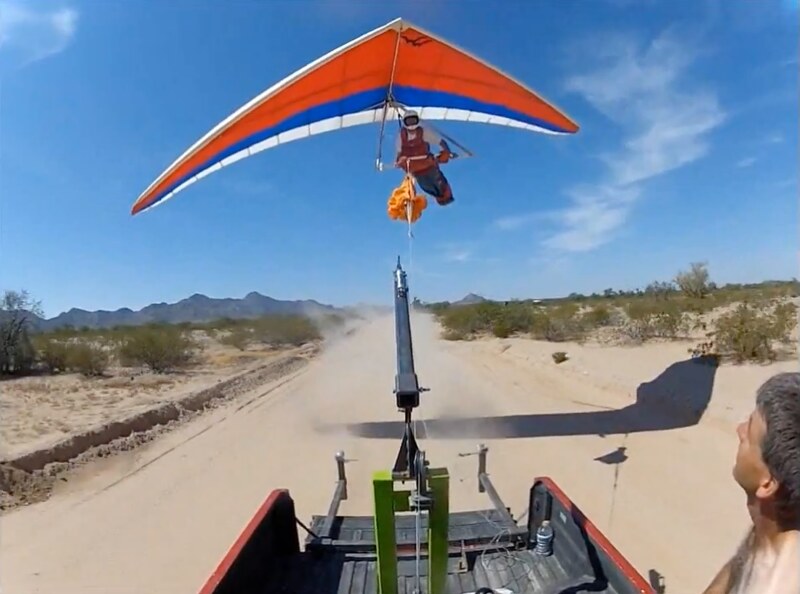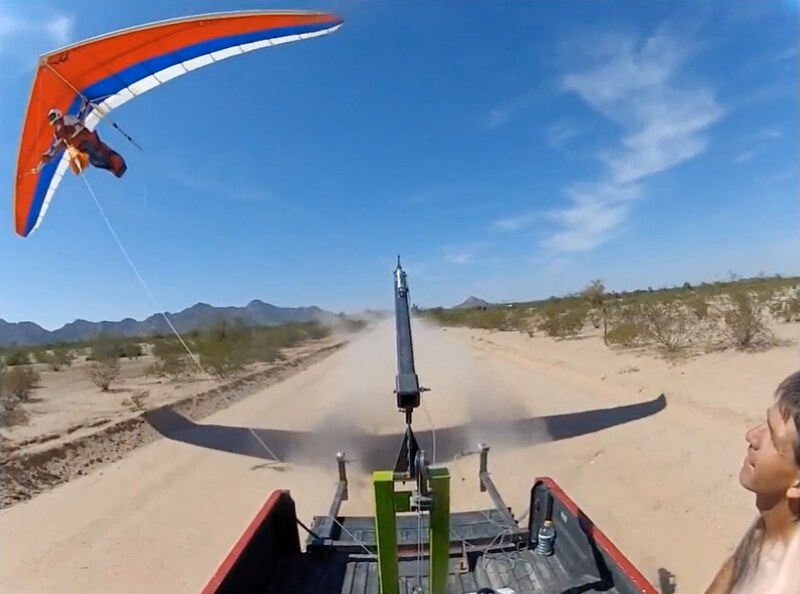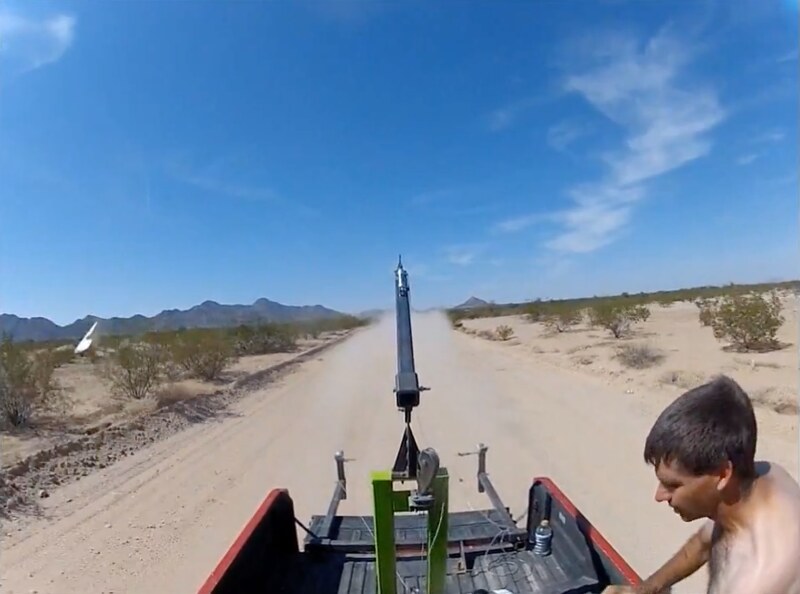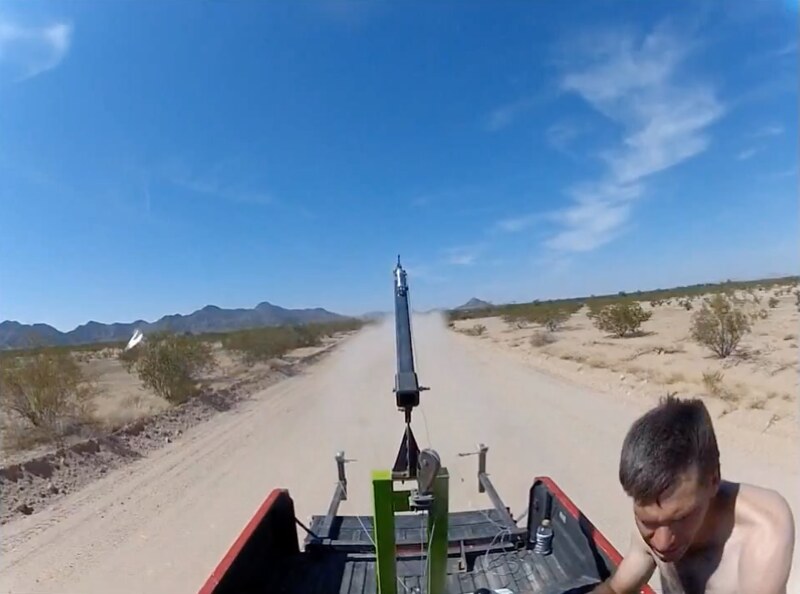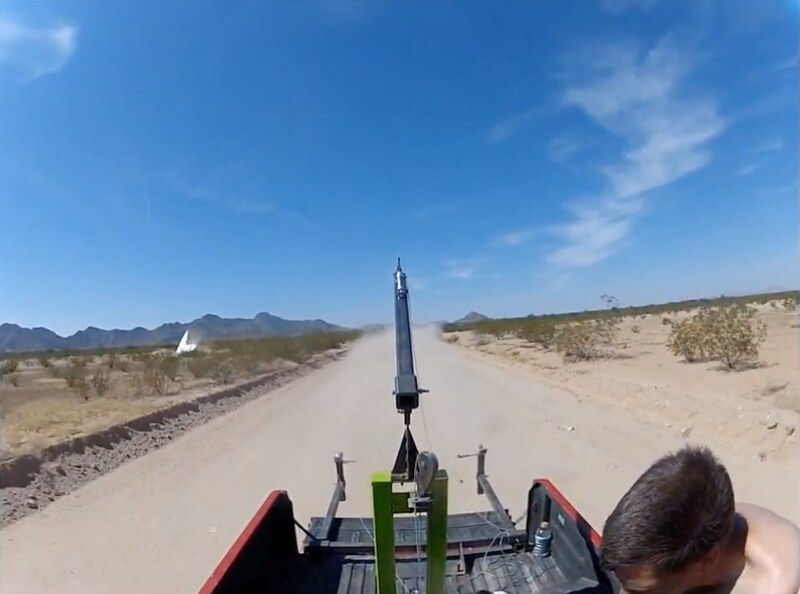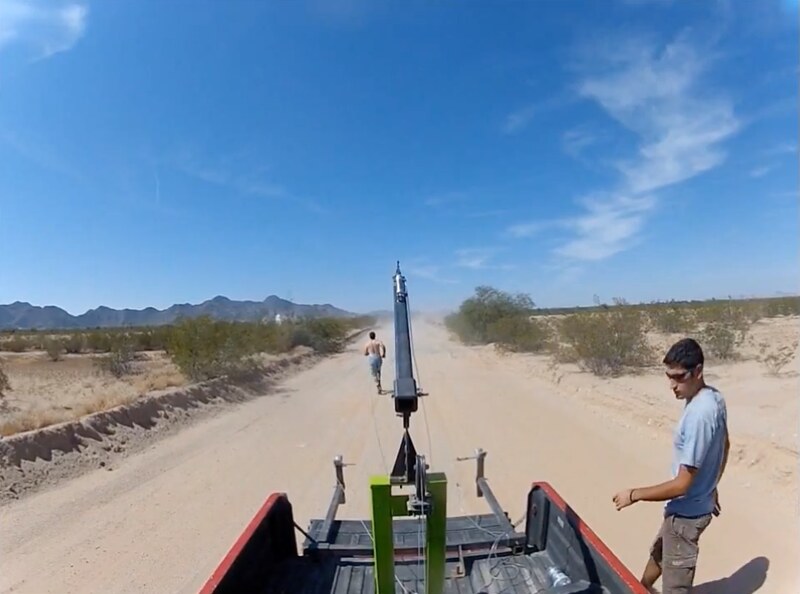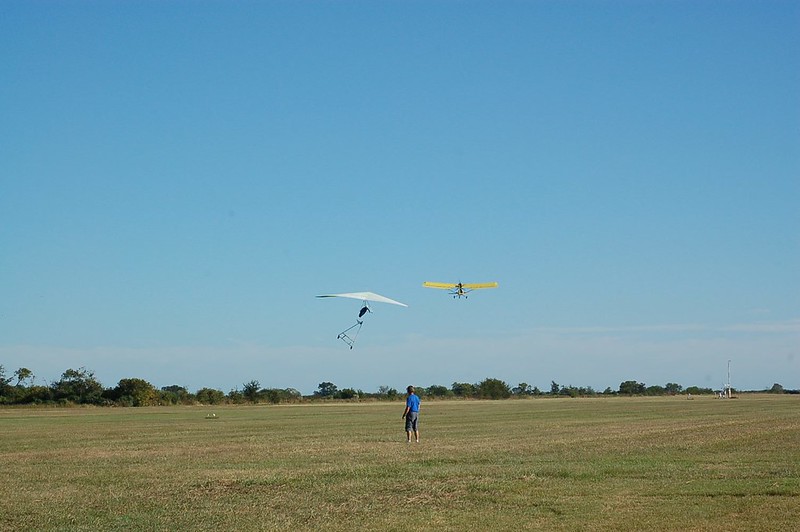OK, for more information about Virginia Hang Gliding let's go visit:
http://www.virginiahanggliding.com/
Hang gliding in near Virginia Beach, Norfolk, Washington D.C
your Delmarva Peninsula...
http://c1.staticflickr.com/3/2911/14097703433_0eec00ae01_o.png

...bucketlisting headquarters.
Do GUY passengers also get to hold on tight to their male pilots the whole flight? Do you charge extra for that extra level of thrill?
From our own 25-acre facility, we use a specially designed light-sport airplane called a Dragonfly...
- Is the release...
http://farm8.staticflickr.com/7509/15659143120_a9aae8f7bd_o.jpg
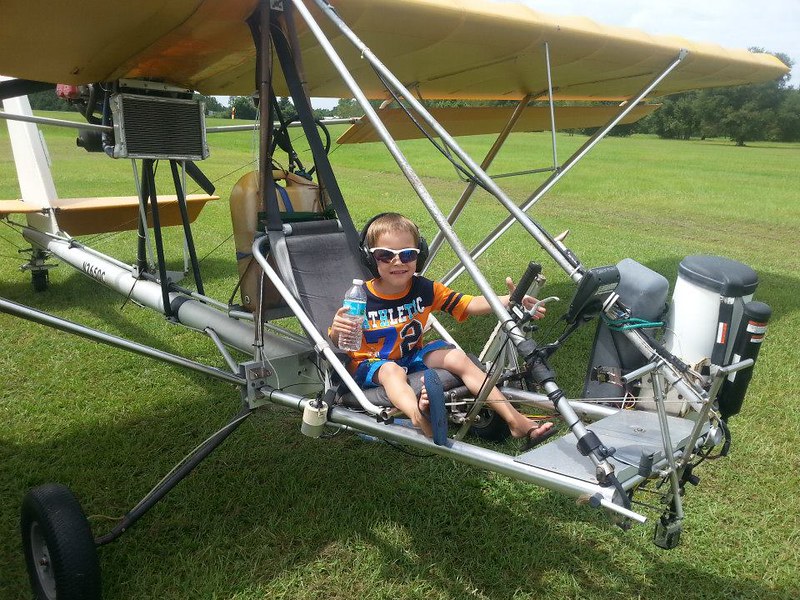
...built in and operable by the pilot without control compromise?
- Tell us all about the tow mast breakaway...
http://ozreport.com/5.126
Flytec Dragonfly
USAFlytec - 2001/07/14
Steve Kroop - Russell Brown - Bob Lane - Jim Prahl - Campbell Bowen
The tail section of the Dragonfly is designed so that it can accept in-line as well as lateral loads. Furthermore the mast extension, which is part of the tow system, is designed to break away in the event of excessive in-line or lateral loads. The force required to cause a breakaway is roughly equivalent to the force required to break the double weaklink used on the tail bridle. More simply put, the mast would break away long before any structural damage to the aircraft would occur.
http://groups.yahoo.com/group/skysailingtowing/message/4633
Weaklinks and aerotowing (ONLY)
Steve Kroop - 2005/02/10 04:50:59 UTC
On the tow plane we use 1-1/2 loops (3 strands) of 130# line. The weak link is placed in the top of a V-bridal which would yield a maximum nominal towline tension of around 780#. However, due to the fact the knots (two are required since there are three strands) are not "buried" the maximum towline tension is greatly reduced. I do not know the exact tow line tension required to break this weak link but the value is somewhat moot since the weak link is not too strong so as to cause any damage to the tow plane and it is not too weak to leave the glider pilot with the towline.
What's the current "thinking" on that?
...to tow the tandem glider to altitudes between 2000 and 5300 feet.
Can't you just tow the tandem glider to two thousand feet, release, then soar up to 5300 feet?
The Dragonfly climbs at only 30 mph, so your powered ascent is both peaceful and breathtaking.
http://www.chgpa.org/forums/viewtopic.php?f=2&t=2467
weak links
Jim Rooney - 2007/08/01 19:49:30 UTC
It's more of this crappy argument that being on tow is somehow safer than being off tow.
At your selected...
...and paid in advance for...
...altitude, the glider with you...
...the passenger...
...and your pilot...
...makes the easy reach to his Industry Standard bicycle brake lever firmly velcroed onto the starboard downtube...
...and releases...
06-02914
http://c2.staticflickr.com/2/1582/25806739256_8b0dc95171_o.png
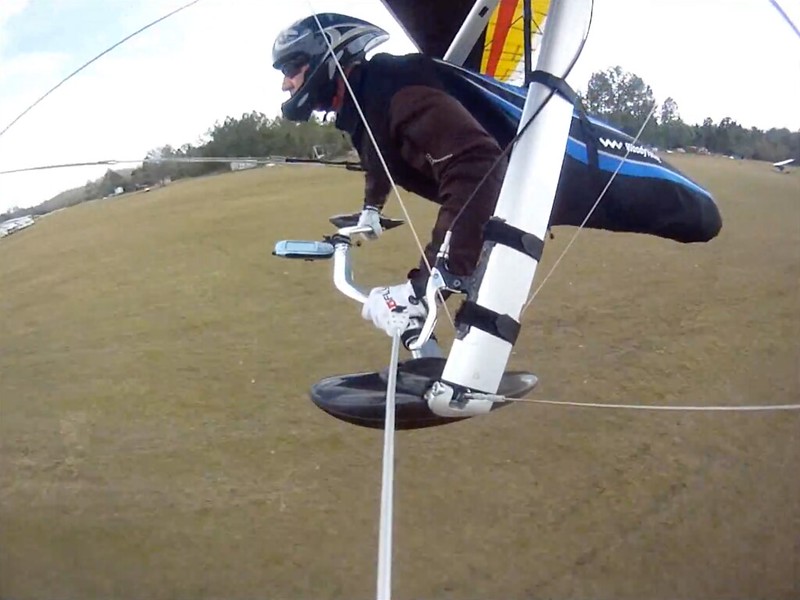
08-03206
http://c2.staticflickr.com/2/1707/25806738026_c5b53178e3_o.png
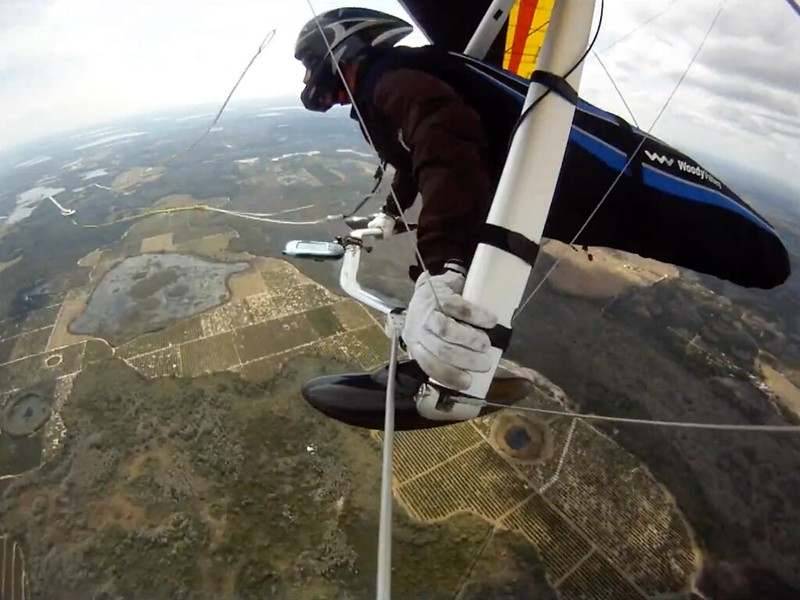
10-03225
http://c2.staticflickr.com/2/1504/25711850432_5d577ba88c_o.png
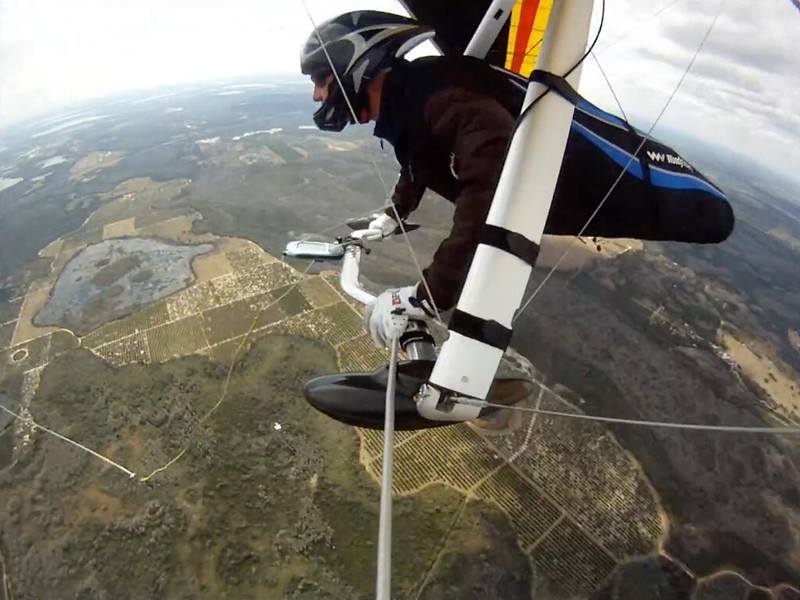
14-04225
http://c2.staticflickr.com/2/1684/25532098020_9a643d13d2_o.png
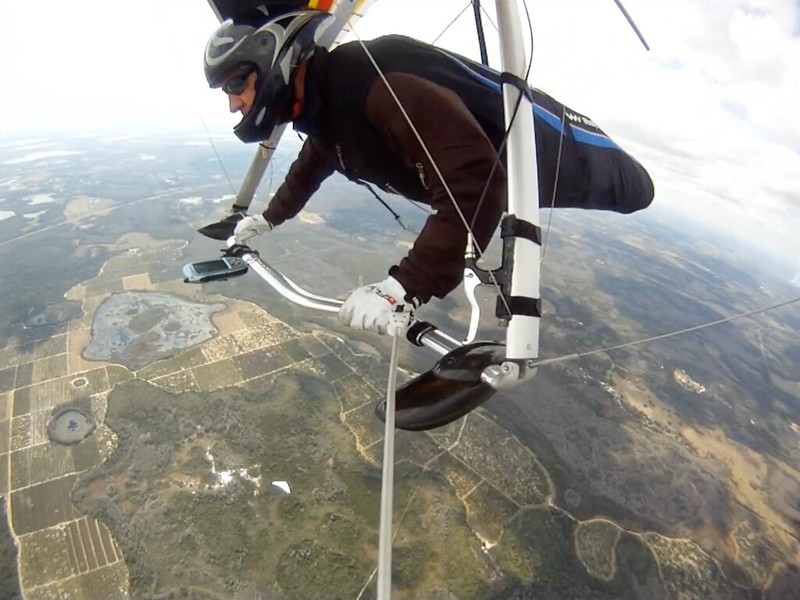
...and soars...
- Soars? So you only do this in soaring conditions? And if you sled out you get a full refund?
- How high can you soar? You haven't said anything about the glider having the ability to go UP following release.
...above the Eastern Shore, with Virginia Beach/Norfolk/Hampton Roads to the south and Chincoteague to the north. You can float peacefully or opt for heart-pounding aerobatics...
- But you can't actually SOAR.
- Is your glider CERTIFIED for heart-pounding aerobatics?
...and then land softly and slowly back at Painter Field on the glider's own landing gear.
What if you have to land in a narrow dry riverbed with large rocks strewn all over the place? Shouldn't you be prepared for a foot landing and work on getting your flare timing perfected?
You can "float through the sky like a bird in the way you might have imagined but never dreamed was really possible.
- Wasn't there supposed to be another quotation mark somewhere following the one before "float"? Do you practice your aeronautical business with the same competence and care you exercise grade level school English?
- Sounds like a blast. "Floating through the sky like a bird while never getting a hand anywhere near anything that can affect/effect any control at any altitude.
We fly ages 4 to 104
I'll bet you can find people at both of those figures who know enough to use a period at the end of a sentence.
Our glider is rated for passengers up to 250 pounds.
- Yeah. PASSENGERS. Not a shadow of a ghost of a pretense of INSTRUCTION - which was/is the only justification for the FAA's granting of the tandem exemption.
- Your fuckin' glider is rated for a five hundred pound max hook-in weight and it weighs eighty. Do the math for the max certified operating weight.
She had done well and Donnie Guynn, Bill's partner, presented her with the tow line that had been used in their flight. It had the look of baker's string but was tested well above 1,500 pounds.
http://c2.staticflickr.com/8/7258/13942011055_71692dc927_o.png
 Eva holds up the string used to tether the hang glider to the tow-plane. It's tested to above 1,500 pounds.
Eva holds up the string used to tether the hang glider to the tow-plane. It's tested to above 1,500 pounds.
Fifteen hundred pound weak link on the top end of a two point bridle, over twenty-six hundred pounds towline, four and a half Gs MINIMUM.
http://ozreport.com/forum/viewtopic.php?t=24846
Is this a joke ?
Jim Rooney - 2011/08/28 10:40:24 UTC
Is a weaklink going to save your ass? Who knows? But it's nice to stack the deck in your favour.
Now flip the argument and you start to see the devil.
A glider can take a whole shitload more force than a weaklink can.
So, if you're of the "sole purpose" cult, then you see no issue with a LOT stronger weaklink.
Well, it won't take long with that system before we've got a lot more dead pilots out there.
So they can stuff their philosophical purity bs... cuz I have no desire to tow someone to their death, no matter how willing they may be.
I'm not playing with this stuff in my head and just dismissing it. There's been a lot that's gone into this system.
I've seen too many people walk the "strong link" road only to find out the reality of things.
Fortunately, they've been unscathed, but there have been a lot of soiled underpants in the process.
I'm happy to discuss this stuff.
But I'm sick to death of arguing about it.
Dr. Trisa Tilletti - 2012/06
If tandem operators think that, practically, a 520 lb. double loop weak link is too much for a tandem, it is way too much for a solo pilot.
And for the love o' gawd don't put another weak link on the BOTTOM end of the bridle... That'll double the max towline tension to well over nine Gs and that can stall the tug.
Zack C - 2012/06/02 02:20:45 UTC
I just cannot fathom how our sport can be so screwed up.
2013/02/02 Zack Marzec inconvenience fatality... Definitive end of the standard aerotow weak link Ponzi scheme. But, of course, hang gliding being hang gliding it just plunged everybody another thousand feet into the depths of stupidity and insanity.
http://c2.staticflickr.com/8/7379/14074457741_172f8f5fa4_o.png
-------------
2,000 ft -------------_--------------
3,500 ft ---------------_--------------
5,300 ft ---------------_

--------------- $179 ---------------_----------------- $299 -----------------_---------------- $399 -----------------_

Guys who date from the Seventies, early Eighties... Who could've IMAGINED that this would become the public and predominate face of hang gliding?
P.S. I just before posting this figured out why the baker's string Li'l Eva is holding tested to well above fifteen hundred pounds.
The max certified operating weight of the glider is well above five hundred pounds, u$hPa's weak link rating recommendation is one and a half Gs, so the weak link tested (is now declared...
Dr. Trisa Tilletti - 2012/06
We could get into details of lab testing weak links and bridles, but this article is already getting long. That would be a good topic for an article in the future. Besides, with our backgrounds in formal research, you and I both know that lab tests may produce results with good internal validity, but are often weak in regard to external validity--meaning lab conditions cannot completely include all the factors and variability that exists in the big, real world.
...to be) well over fifteen hundred pounds - right in line with u$hPa's recommendation for a weak link that will break consistently in accordance with one's expectations. (Remember that in hang glider aerotowing...
http://www.questairforce.com/aero.html
Aerotow FAQ
Quest Air Hang Gliding
Weak Link
The strength of the weak link is crucial to a safe tow. It should be weak enough so that it will break before the pressure of the towline reaches a level that compromises the handling of the glider but strong enough so that it doesn't break every time you fly into a bit of rough air. A good rule of thumb for the optimum strength is one G, or in other words, equal to the total wing load of the glider. Most flight parks use 130 lb. braided Dacron line, so that one loop (which is the equivalent to two strands) is about 260 lb. strong - about the average wing load of a single pilot on a typical glider. For tandems, either two loops (four strands) of the same line or one loop of a stronger line is usually used to compensate for nearly twice the wing loading. When attaching the weak link to the bridle, position the knot so that it's hidden from the main tension in the link and excluded altogether from the equation.
...it doesn't matter whether the weak link is on the end of a towline or bridle. Well over fifteen hundred pounds - everybody's doing everything right and by the book.)
---
P.P.S. - 2016/08/17 04:40:00 UTC
No, fifteen hundred pounds towline is THREE Gs. I was off by a factor of two. Sorry. Claiming bullshit overload.












